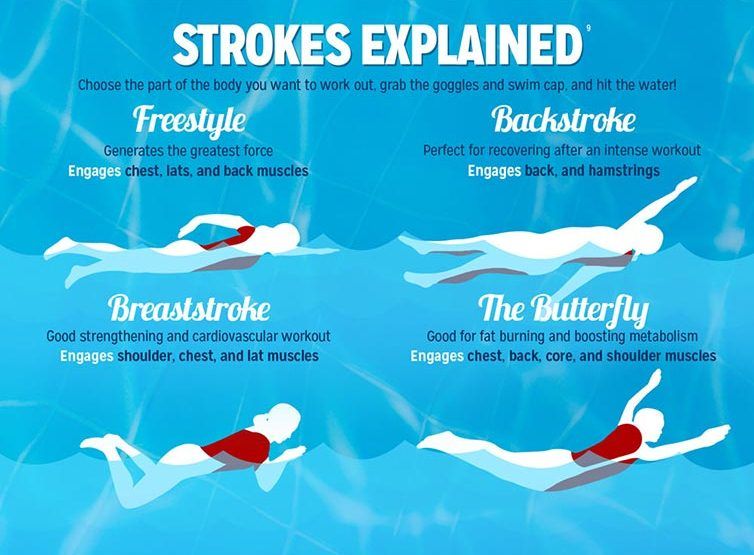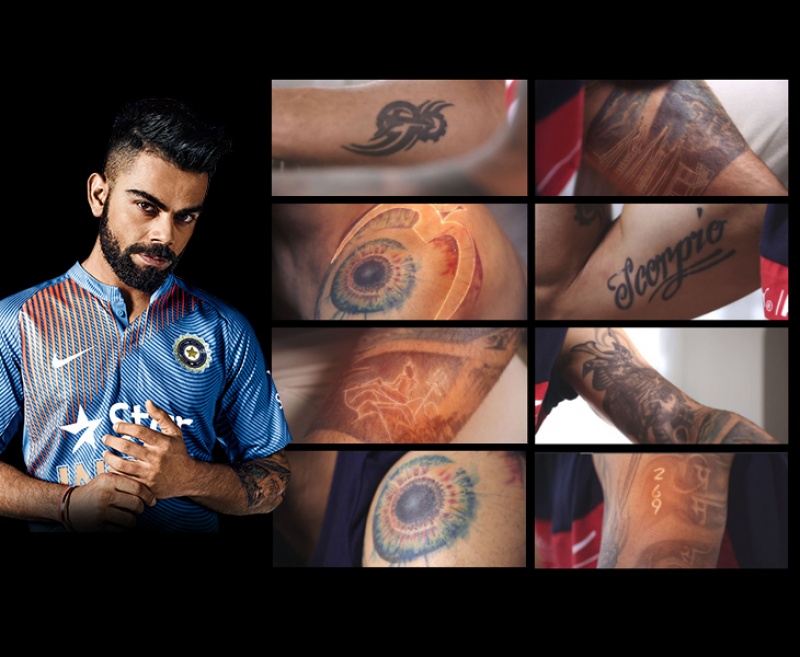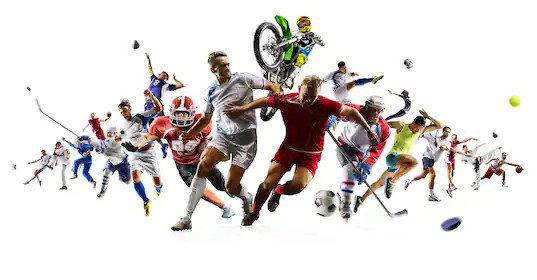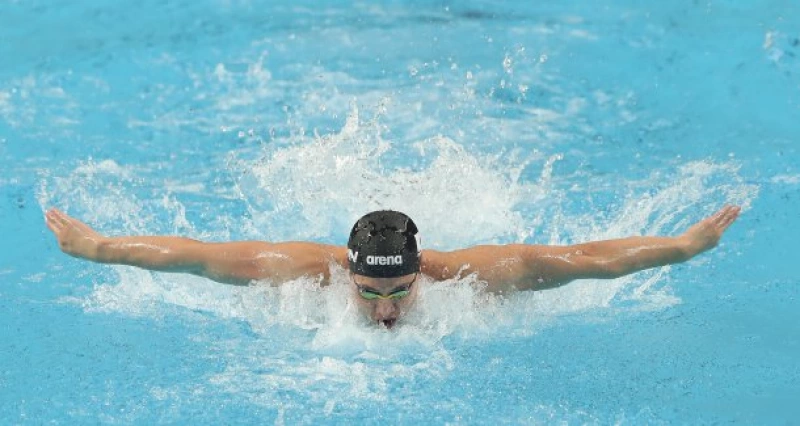
It turns out that SFI has simply forwarded a set of guidelines USA Swimming has prepared for swimmers in their country. Not only copy or paste ideas but passing the eight-page document titled " USA Swimming: Reopening Facilities, Messages, and Planning" as is.Four days ago, when the government asked the Indian Swimming Federation to suggest ways to resume aquatic activities in a post-epidemic scenario, it was not expecting a response within one day. This is also a careful framework, noting the White House’s guidelines for “opening America again” and warnings from the US Centers for Disease Control and Prevention. United States of AmericaIt turns out that SFI has simply sent a set of Swimming guidelines SwimmingUSA Swimming has prepared for swimmers in their country. Excerpts do not copy or paste ideas but skip the eight-page document entitled "Swimming in America: Reopening Facilities, Messages, and Planning" as is.The Indian Sports Authority (SAI) has now requested SFI to amend and make recommendations relevant in the Indian context.Speaking to The Indian Express, Virendra Nanavati, SFI’s executive director, said they couldn't come up with a more comprehensive plan. "The guidelines issued by USA Swimming are guaranteed and we can trust it in the beginning. They have enough experience in this field, so we sent it to the Audit Court Committee. He told them," Let them amend according to the central government and state government guidelines for Covid-19. "Training stopped in all sports from the moment the closure was first imposed on March 24. While it is unlikely that a competitive event will take place in the foreseeable future, the Ministry of Sports is considering phase-wise resumption of training at government-run institutes by the end of this month.As a first step, the SAI and two committees last Sunday to prepare a Standard Operating Procedure, and asked all federations under its supervision to make recommendations to resume sports activities. According to the device, one of the two committees was designated for swimming, because "sport requires training athletes in the water and may have different health risks compared to other sports."After that, an online meeting was held between the Swimming Federation and SAFM officials on Tuesday, where their "recommendations" were discussed.Nanavati said it was difficult for them, as a federation, to develop protocols at the moment, "until we know what the central and state governments decide and what their policies will be."So, his advice to UPS is to do what the Americans have recommended, and they are a swimming powerhouse.In its detailed proposal, USA Swimming urged swimmers to "change clothes and shower at home" and "remove usage rooms that prevent social divergence, such as changing rooms".They also explained how social divergence can be practiced in the pool during training using a stepping start and opposite ends and reducing the number of swimmers per pass.The document states that the pool must be disinfected with chlorine and bromine to "disrupt the virus in water", citing the CDC's observation that "there is no evidence that the disease is spread through treated water."However, for their Indian counterparts, there is still a big question to answer: "If the swimming centers open according to the guidelines we set, and something unfortunate happens, who will be held accountable?"Read More: Check out five significant types of swimming styles!Article source:https://indianexpress.com/
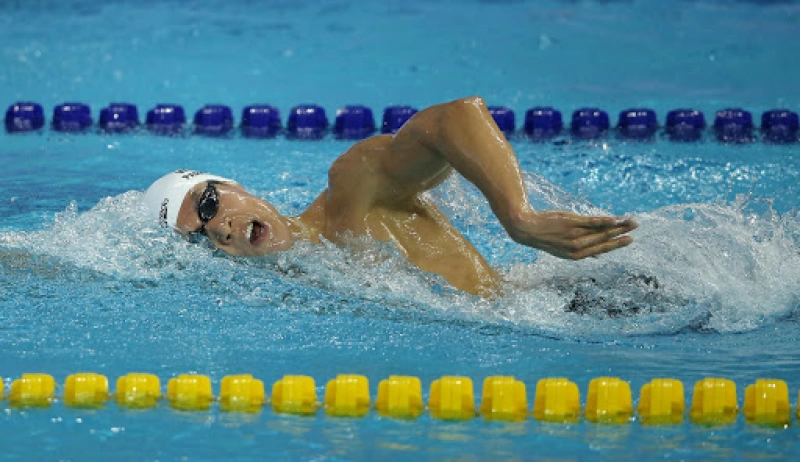
To master all swimming strokes, you must make an effort in your training regimen. If you don't train properly, you won't simply be able to shave those critical seconds or even parts of a second of your time.Remember that in a competitive sport of this nature, the least amount of time can be the difference between taking a winner’s cup home.Since there is no doubt that you want to be placed first, let's take a look at how competitive and recreational swimmers can improve the front crawl technique.1. Focus on your breathing When it comes to perfecting your front call technique, you need to consider all the factors that can make a difference in your overall performance.Obviously, how you use your arms, legs, head, and core strength will have an effect. However, breathing is also one of the primary areas that will make a difference.Once you feel comfortable with the front crawl technique, take the time to focus only on your breathing. Notice how you are currently breathing and try to adapt to the following method.You should breathe on alternate sides during every third hit. To allow you to successfully ingest the right amount of air, place your ear on your shoulder and cheek on the surface of the water.By doing this, you won't consume much air (or very little) before you need to return to the surface.2. Use the correct head positionThe more efficient you are, the better you become. To stay efficient in the front-crawl position, you must keep your head still and in line with your body.Also, remember to make sure that the water level is between the eyebrows and the hairline when you are in motion.With your head in the pool, keep looking forward and down. We strongly recommend wearing swimming goggles to protect your eyes from chlorine and dirt.You don't want your head to be too low or too high because this will create more tension in your neck and make it difficult for you to swim.3. Ensure adequate arm workWith the front crawl style, your arms should always rotate and be continuous to maintain steady movement. Also, when all hands enter the water, you should do this between the central line of the head and the shoulder line.Make sure to look to see if you are raising your arm above your head in the correct position, and if not, adjust it accordingly.The hands should also be tilted with the palm facing down, while the elbows should be folded and positioned slightly above the hand during each stroke.Your hands must be stretched in front of you first before holding and pulling it onto a large paddle surface of your hand. During this stage, you should push your hands towards the pool floor. Keep your fingers together, too, as this will create a more efficient surface area.With practice, you can build strength and move smoothly through the water.4. Create a simplified bodyKeep your body parallel to the water and create a possible flat profile. This will make it more efficient and reduce resistance.Your lower body should also be placed on a good level. If it is too low or too high, this will require you to work harder and consume more energy.To avoid this, place your back just below the surface and try to maintain a steady position when competing.If your body stays in the same place, it will be much easier to work on the arms and kicking technique, rather than losing focus when trying to hold yourself properly. 5. Master your kickFirst, keep your feet and ankles as relaxed as possible to get the best front crawl kick. If it is stiff, you will lose the flowing motion you want. It is also recommended to kick legs from the hips alternately with six kicks to one arm. This will help balance your body. Most importantly, never kick your knees as this will break your profile and slow you down.Remember, most of the thrust you use with this stroke comes from your arms and upper body. However, if your legs are not too low in the water and your heels break the surface, this will also improve the front crawl style dramatically.Finally, keep your legs close together. If they are far apart, it will create more resistance.img source: wikipediaAlso Read: Check out five significant types of swimming styles!
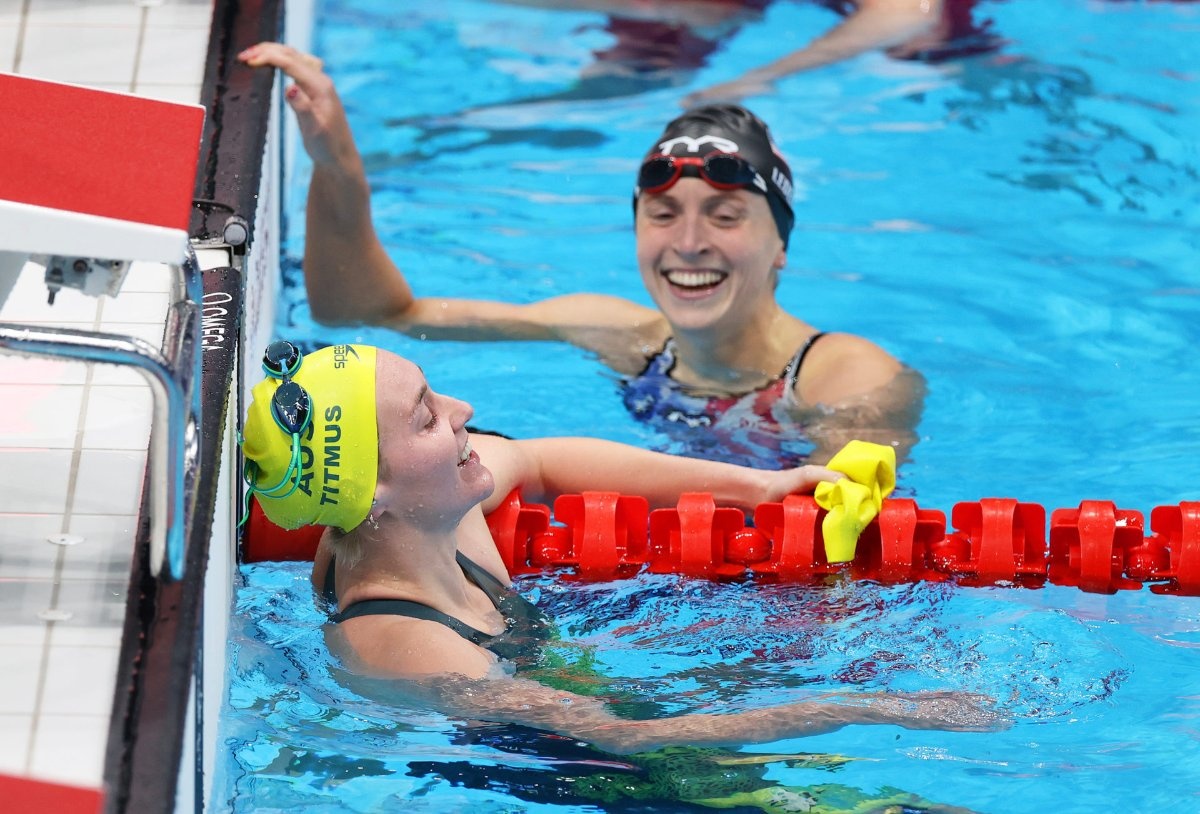
Australia's Ariarne Titmus crushed five-time Olympic hero Katie Ledecky of the United States to win the gold decoration in the ladies' 400 meters free-form at the Tokyo Olympics with the second-quickest time in history on Monday. Titmus, who followed by almost a full body length at the midway characteristic of the eight-lap race, turned on the speed to contact shortly, 56.69 seconds. Ledecky was the guarding Olympic hero and world record holder. She agreed to the silver this time in 3:57.36 - the fourth-quickest time at any point recorded. Ledecky has been the predominant power in ladies' swimming however in the first of three no holds barred standoffs with Titmus at these Games, it was the Australian who won with a greatly coordinated swim. Ledecky lost an individual Olympic last interestingly in the wake of winning the 800 free at the 2012 London Games, then, at that point catching three additional golds in the 200, 400 and 800 free at Rio de Janeiro five years prior. Ledecky will get one more break at Titmus in the 200 free, and the American is intensely preferred to rehash in the 800 and add another gold in the 1,500 — another occasion for the ladies at these games. "I can barely handle it, I'm attempting to contain my feelings," said Titmus, who commended her opponent for increasing present expectations in the game. Also Read: Novak Djokovic Knows History Is On The Line At Tokyo Olympics"I said thanks to her, I wouldn't be here without her. She set this mind-boggling standard. All credit to her for the swimmer she is. "In the race, I attempted to remain as made as possible and I can't really accept that I pulled it off," she added.
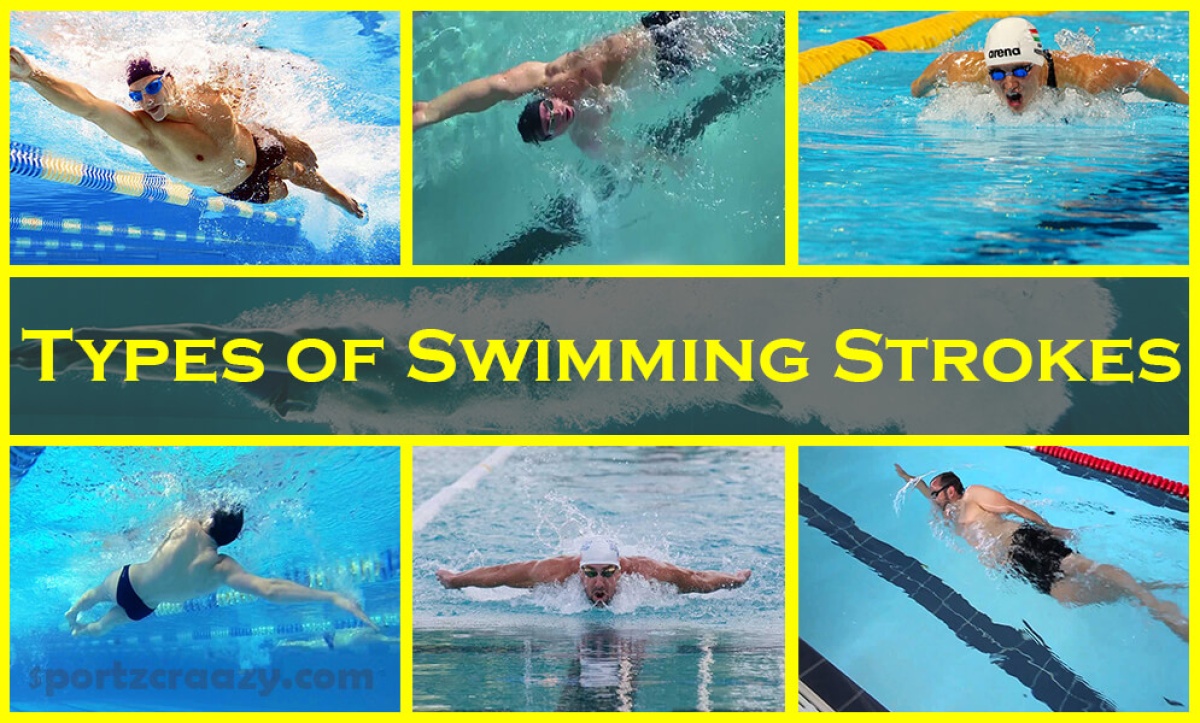
Competing swimmers compete in a variety of swimming styles. The Butterfly and Butterfly Races are among the most anticipated events of the Olympic Games. But you don't have to be a professional or competitive swimmer to enjoy the benefits of swimming. Learn the benefits of different swimming styles so you can decide which way you want to perform on your lap in the pool.1.FreestyleFreestyle is probably the most popular swimming stroke. Here's what you need to know about this stroke and its benefits:Free multiplication methodFreestyle is also known as forward crawl. While swimming in this stroke, your body will be in a prone position with your stomach and face facing the water. Your arms and legs will propel you into the water, while your torso remains stationary. Your arms will rotate. One arm will come out of the water while the other will be turned upside down, close to your torso in the water. Each hand will enter the water at an angle, fingers straight and close together to reduce drag.As your arms push you forward through the water, your legs will also be working harder. You will use the flutter kick to complete the freestyle swimming technique. The flutter kick is achieved by constantly moving your feet under the water in a narrow, scissor-like motion. Your knees will be slightly bent, but your feet will remain relatively parallel to the surface below at all times. Depending on how fast you want to swim, you can adjust the number of kicks for each full circle of arm movement. Your legs are an important part of freestyle swimming, but keep in mind that they provide about 10 percent of the thrust in a practicing swimmer's body.The freestyle often looks intimidating to inexperienced swimmers because it requires you to put your face in the water. Once you get used to sticking your face in the water, breathing in a free cycle is relatively easy. When one of your arms rises out of the water, simply turn your face to the side and breathe in. With your hand lowered, lower your face back into the water. Some swimmers take turns when it comes to breathing, while others stay on one side.Benefits of Free SwimmingYou can burn hundreds of calories in just half an hour of freestyle swimming. What are the biggest benefits of this punch?The freestyle swim, a favorite among long-distance swimmers, is the most effective stroke. Freestyle takes you further than others without spending a lot of energy. If you prefer to set your swimming exercises to the number of laps, this will help you reach your goal faster.Freestyle also gives you a full-body workout. Work the muscles in your arms, legs, torso, and back. If you are looking for a special swimming technique to tone your back muscles, freestyle swimming is definitely the way to go.While the freestyle has many benefits, keep in mind that mastering the freestyle can be more challenging than mastering other options, such as breaststroke.2. BreaststrokeThe best swimming style is a matter of opinion. If you're swimming for the first time, breaststroke may be the easiest place to start. Brake bumps are a great option for anyone looking for a slower alternative to freestyle swimming. Here's what you need to know about the breaststroke technique and its benefits:Stroke TechniqueBreaststroke, like freestyle, involves different movements of the arms and legs. Your body is in the same horizontal position as during freestyle swimming, but you will use different motions to propel yourself through the water. Your arms at the same time will be in a semi-circular motion under the water. Your arms, bent at the elbows, will then join your chest, remaining underwater as you swim in this blow.As your arms move at this rate, your legs will speed you forward in a technique called the whip kick or frog kick. When performing this kick, your feet should be hip-width apart behind you. With your knees and feet bent, feet apart, then bring them back together to form a smooth line. Repeat this movement with the movement of the arm. The optimal cadence allows your hands to rest while kicking and vice versa.The last stage of the chest stroke is your breath. It is possible to complete the movement of the arms and legs for this stroke while keeping the head completely out of the water. If you want to add a breathing technique to complete the stroke, you will submerge your head under water for each cycle of the stroke. Use your shoulders to pull your head out Water and breath. As his arms move forward in the water, his shoulders fall completely and he dips his head back under the water.3. BackstrokeUnlike most other swimming strokes, your face will not be in the water during the backstroke. Instead, you'll be on your back in the water, as the name suggests. Here are some tips to improve your back technique and reap the benefits of this style:Backstroke TechniqueYou can think of backstroke as a mirror image of freestyle. It will face you in the water rather than face down. As you move your arms and legs, you will remain in this horizontal position while looking up. Your arms will propel you forward in a windmill-like motion. One hand will come out of the water and rise, and the other will move under you in the water. You will perform this movement alternately: one hand goes up and the other goes down. Keep your arms close to your ears as you fall into the water. Also, you'll want to keep your arms as straight as possible and your fingers together to reduce resistance. Try to prevent your hips from falling into the water. Excessive lowering of the hips will slow the forward movement.When your arms push you through the water, your legs will use the same pulsating strokes that you used during freestyle swimming. Your legs will bend slightly as you kick in a successive motion. You can set the pace of the kick depending on how fast you want to move.The beauty of backstroke is that you just need to focus on the movements of your arms and legs. There are no breathing techniques to worry about because your face is always above water.Benefits of BackstrokeSwimming in backstroke burns about 250 calories in 30 minutes. The pros and cons of swimming strokes often depend on what you look forward to from your time in the water. The back stroke offers many benefits in addition to other back strokes. For example, backstroke can help improve your posture because your muscles need to work to keep your back straight in the water. It can also help improve hip flexibility. Like other swimming strokes, these strokes will also work the muscles in your arms, legs, and torso.The position of the head is a small aspect of the back to consider. Because your line of sight is directed upward and not in front of you, some people are a little anxious about seeing where they go in the water. You can overcome this by counting the number of strokes needed to complete a lap.4. SidestrokeThe side kick can be performed alone or with the help of a kickboard. You may be less familiar with this punch because it is not used during competitive events. Here's a look at the techniques and benefits of stroke:Backstroke TechniqueAs the name suggests, you will swim with this stroke on your side. Begin by placing your body on one side of the water. Spread your arm forward in the water under that part of your body. The upper hand will rest on your body in a horizontal position. Place your head on an outstretched hand directly in front of you. Your head will not move from this position when you are swimming sideways. Since your face doesn't get into the water, you don't have to worry about breathing technique.Both arms move during the side kick. The arm extended in front of you is called the main arm. Your lead arm and the arm at your side will flow down through the water with your elbows bent. Your hands will meet in front of your chest and then straighten, returning to the starting position.During sidestroke, most of your forward momentum will come from your legs. You will move your legs using a scissor kick, which means your legs move back and forth beneath the water in an alternating motion. As you kick, your arms will move toward one another and then back to a straight position.Benefits of SidestrokeYou can burn more than 200 calories in 30 minutes of swimming on your side. While not a competitive strike, lifeguards often use the lateral strike to defend themselves in the water. So knowing how to swim on your side can come in handy if you have any emergency. You'll use the muscles in your arms and legs to propel yourself forward, while your core muscles work to maintain a smooth horizontal position in the water.From an exercise standpoint, the side strike allows you to keep your face above the water while working multiple muscle groups.From an exercise standpoint, the side strike allows you to keep your face above the water while working multiple muscle groups.5. ButterflyOf all the different swimming styles, the butterfly is perhaps the most challenging. The butterfly requires a lot of strength and coordination, which takes time to develop. Here's what you should know about this style of swimming:Butterfly Stroke TechniqueThis pattern is called a butterfly because of the way the swimmer's arms move while swimming. Your arms look like a pair of wings, rising in and out of the water together. Your body is in the same horizontal position required for breaststroke and freestyle swimming. Begin with your arms outstretched in front of you, and your thumbs facing the water. Move your arms down and out, keeping your elbows slightly bent. Your arms should form a Y in front of your body. Pull your arms back across the water parallel to your body. He will then pull them out of the water and start the cycle again.As your arms move through this circuit, your legs will continue to move using a technique called the dolphin kick. During a dolphin kick, your feet come together in a smooth line. Your feet together move up and down, propelling you forward in the water. As you kick, your heels and the soles of your feet will break the surface of the water. You'll kick as soon as your arms get into the water and slide down.The butterfly breathing technique is similar to breaststroke. You will use your shoulder muscles to lift your head out of the water and back down. You should come to breathe while your arms recover and prepare to breathe again.Butterfly stroke benefitsThe butterfly burns the most calories in any swimming style, about 450 calories per 30 minutes of swimming. This punch is a great option to combine both upper body and upper body workouts. During this stroke, you're challenging your core muscles to keep your body stable while your arms and legs move together. It also works the muscles in your arms, chest, and upper back to raise both arms out of the water and over your head. Positioning your body during a butterfly also helps improve overall flexibility.Although it is a great exercise, mastering the intricate movements of the butterfly can be a challenge. If you are looking for a challenge on the water, Butterfly is the way to go.Get swimming gear at All American SwimWhat style of swimming provides the best exercise? It depends on your goals and preferences. No matter what blows you use, you need the right equipment to get into the water. Shop suits, goggles, and more at All American Swim.Also Read - Check out five significant types of swimming styles!

